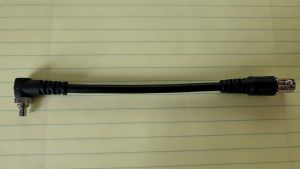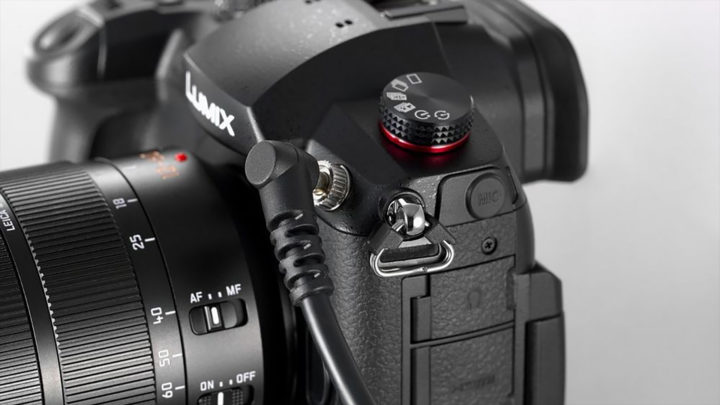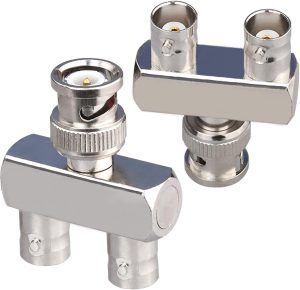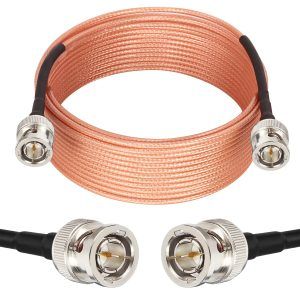October 21, 2025
It’s time to experiment with Timecode!
What is timecode? Basically it is literally just what it’s called… code integrated into a file captured on your video camera or audio capture device that contains information about the passage of time. If you are shooting 2 or more cameras and perhaps an external audio device too, having them all synced to the EXACT same time means that after all the audio/video is shot, it is childsplay to have your NLE automagically align all the audio/video files perfectly reducing editing time.
In my case, not only is my Zoom F4 an awesome audio capture device, I can use it as my “master” Timecode generator and send this information to my two Lumix cameras (GH5 and GH7), turning them in to Timecode “slaves”, making multicam work easier and more fun. The Zoom F4 has a very accurate internal clock generator, it can maintain accuracy to within 0.5 frames for durations of 24 hours.
Now, there are two ways to do this. The first is that in some systems, the data for the Timecode has to be injected in to the audio channel(s). It basically depends on the camera used, but this is a little undesirable, as I still like to use the on camera microphones for scratch audio, requires a slightly more complex setup and care.
Well, the two Lumix cameras that I own have the answer to that issue wonderfully. Both have a flash sync port that can double as a Timecode input port using a special adapter that comes with the cameras:
That adapter ends with a female BNC connector, just like the connector on the back of my Zoom F4. So that means that I can (in theory), connect a “T” adapter to the back of my Zoom F4 Timecode OUT, split the cable in to 2 and send a cable to each camera’s adapter (that I show in the above photo), setup the F4 to send timecode, setup the cameras to receive timecode… et voila!
So what do the missing parts look like?
BNC splitter:
I bought two of these 25ft-75 OHM cables:
I have NOT seen this anywhere before and this idea might be a bit of a breakthrough. You see, wireless time code devices are very expensive. For example, bargain basement chinese models like the Saramonic RC-NEO go for well over $700 and ones like the Tentacle Sync E Timecode Generator cost $820. Throw in taxes and delivery and we are near $1000… and that is ridiculous just for time sync of audio and video files!
I’ve just ordered the parts, they cost me under $75 (thats 1/10th the cost of the Tentacle producs!), and am expecting them to show-up tomorrow. In the meantime, I plan to study how to setup the Timecode options on my Zoom F4 and Lumix cameras… and it doesn’t look hard to implement at all.
Now, in fairness, I don’t know if this will work, but the theory is sound. If it does, for the price of having two wires hanging from my cameras and across my floor, I get to keep a lot of cash in my wallet in my wallet.
Addendum: October 22
OK, one word… WOW. I am kind of sorry that I never thought this before! Not only does it work, but once you have the settings down on the cameras, it works AMAZINGLY well! There are basically 3 steps:
1 – Set the Zoom F4 to be the master timecode generator.
2 – Connect the wires between the Zoom F4 out to the camera’s specialized connectors
3 – In the settings of each camera tell it to accept the timecode being sent to that cable
4 – Just shoot your video, timecode is automagically injected and you do NOT lose any audio channels this way too!
Enjoy TimeCode!
I’ve not only included a fast video of how to do the above, but also how to time sync those clips… ENJOY!



